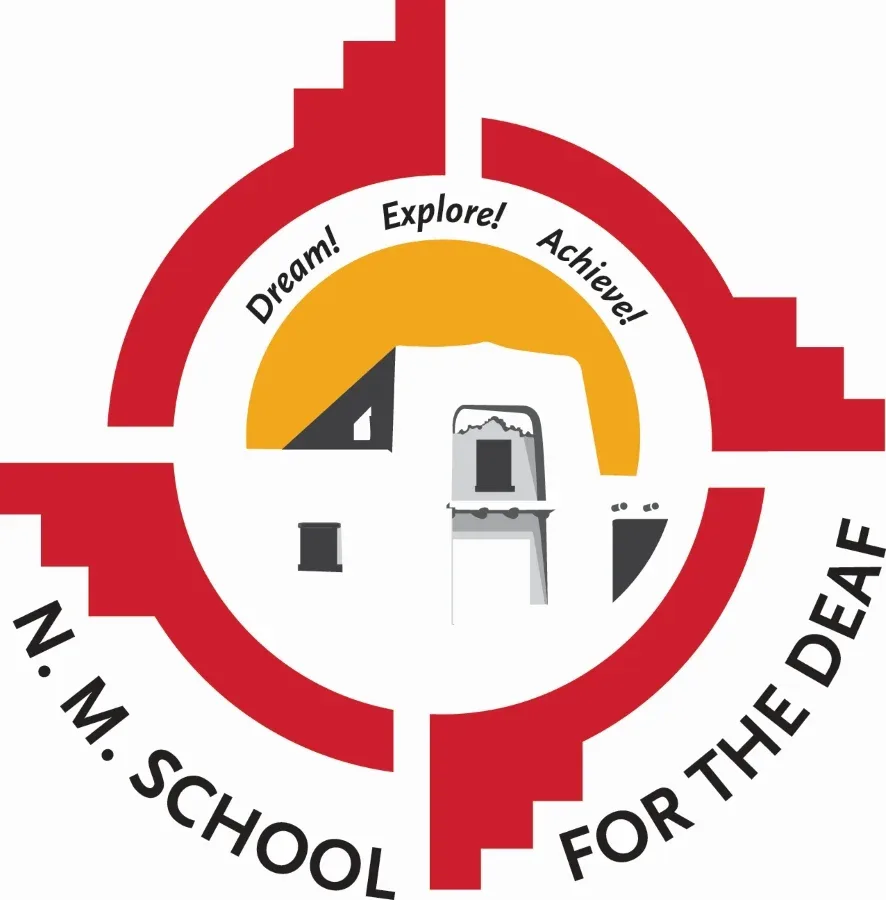Whether it’s a job or a volunteer opportunity, people enjoy contributing to a cause that matters. This is why a clear and concisely articulated mission is critical for any organization. It inspires and motivates employees, volunteers, and communities to work toward the same goals and outcomes.
A great organization is mission-driven in everything it does: from day-to-day operations to long-term strategies. On the other hand, an organization without a clear mission or one that is not understood or embraced by its stakeholders is destined to mediocrity. An organization that is not mission-driven may fall into one or more of the following categories. Does yours?
Money-Driven
An organization that finds purpose through its pursuit of the next funding opportunity. The mission is used as an appealing narrative, or “window dressing”. For example; a state-wide organization accepted an opportunity to support an international project that was not tied to its mission nor did they have the core competencies to support the project. The leader shared her exasperation about where to find funding to sustain the organization’s staff and needs. She mistakenly believed that more staff would solve their challenges.
Leader-Driven
An organization that depends on its leader to define their purpose. Answers to existential questions in this type of organization depend on only the leader(s) articulating their purpose. During an organization’s strategic meeting, a leader determined to proceed with a new program that had a vague connection with its mission. Some organization staff did not completely embrace the rationale. However, the leader, being a dominant force within the organization, had the final say on proceeding with the new program.
Member Only-Driven
An organization that derives its day-to-day purpose only from its members. In heeding only to its members, the organization risks excluding and marginalizing the community and other stakeholders it serves from its strategic direction. A well-intended organization that is only member-driven may also move in a direction that contradicts its mission. For instance, a member made a motion at an organization’s meeting of members, where they voted to pass a motion that was not supported by the community that it serves. The process was proper, in accordance with its Bylaws, but the motion did not support the organization’s mission.
Conflict Averse-Driven
An organization that avoids conflict with, or accommodate popular opinions or movements. It is important for organizations to adapt and change over time; however, it is counterproductive to make decisions that are contrary to the mission before an introspective process is taken where questions are raised about whether the mission should be changed. During an organization’s recent lobbying and advocacy to pass a legislative bill, a popular movement opposed the legislation. The organization’s desire to avoid conflict led them to adopt the movement’s position, compromising their own mission.
Existence-Driven
An organization that exists simply for the purpose of existing. This kind of organization may have accumulated assets and funding sources over its history and has not changed direction in decades. The leadership and staff may work to ensure services are provided and production continues since their careers and prestige are tied to its existence. During a gala for a multi-million dollar organization, a Board President was asked the purpose and philosophy of an organization. The President seized up and anxiously looked to its Executive Director for a response. The Executive Director described the type of services that they provide. This described how they do things, but not why they do it.
Far too many organizations fall into the challenges listed above. Here are some hallmarks of a mission-led organization:
- The mission clearly describes the organization’s purpose. This statement is best articulated in an unambiguous, short statement, ideally no longer than a sentence. Everyone who reads the statement should receive and understand the same message, with little room for misinterpretation.
- Everyone in the organization communicates the same purpose. When asked about the organization’s purpose, all Board members and staff should be able to quickly articulate the mission of the organization. It is a bonus and testament to the strength of the mission if the community can also accurately describe it to others who are not aware of the organization.
- All funding and policy clearly fits within the mission’s parameters. Every funding opportunity and all policies can be clearly connected to the mission, without ambiguity. Such an organization has built the courage to say “no” to funds that do not match its mission. Ethically, this organization would refer the funder to partners or other organizations that are a better fit.
- Staff constantly ask themselves and others whether their decisions would uphold the organization’s mission. Where it is not clear if decisions conform to an organization’s mission, a defined and thoughtful approach is taken toward the matter. For instance, a school decided to adopt a new teaching program that some feel may compromise its mission. Space is created among leadership and staff to determine whether the system indeed causes a problem.
Are you ready to make YOUR organization mission-driven? Reach out to Innivee Strategies today: https://innivee.com/contact.
—
Shane Feldman is the CEO of Innivee Strategies. He has provided over fifteen years of exceptional and invigorating leadership and consulting that has transformed many national, state, and local organizations. He received his Master’s in Management and Certificate in Nonprofit Financial Management from the University of Maryland University College and was a Diversity Executive Leadership Program scholar with the American Society of Association Executives.









